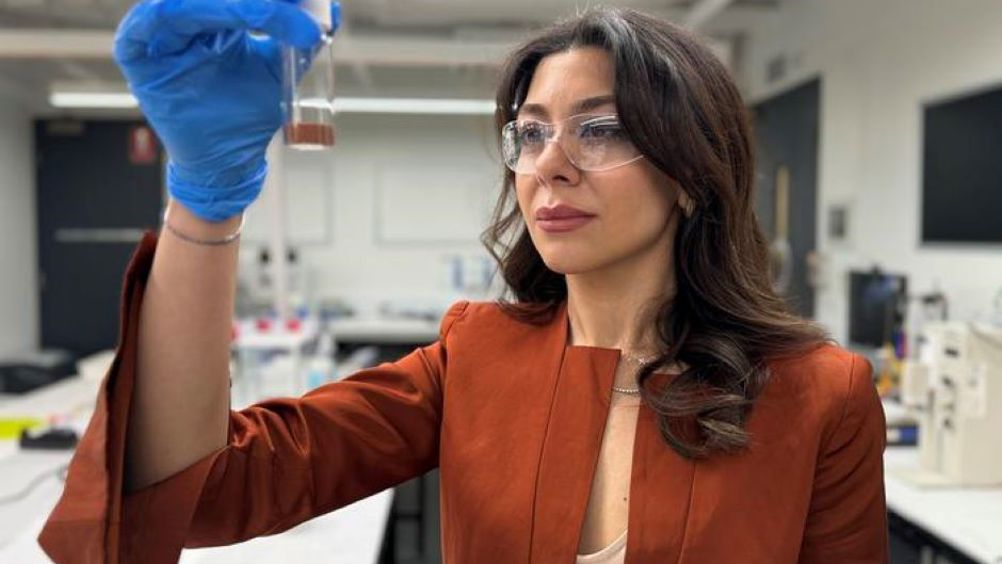Liquid metal catalyses ammonia production
Researchers in Australia have developed a way of making ammonia by harnessing liquid metal, an advance that could lead to cuts in carbon emissions caused by producing the chemical.

Ammonia is used in fertiliser and is set to have a role in clean energy as a carrier to transport hydrogen. However, the global production of ammonia consumes over two per cent of global energy and produces up to two per cent of global carbon emissions.
RMIT research fellow and study lead author, Dr Karma Zuraiqi, said their greener alternative used 20 per cent less heat and 98 per cent less pressure than the Haber-Bosch process currently used for splitting nitrogen and hydrogen into ammonia.
“Ammonia production worldwide is currently responsible for twice the emissions of Australia. If we can improve this process and make it less energy intensive, we can make a large dent in carbon emissions,” Zuraiqi, from RMIT’s School of Engineering, said in a statement.
Results of the RMIT-led study published in Nature Catalysis show their low-energy approach to be as effective at producing ammonia as the current gold standard by relying more on effective liquid metal catalysts and less on the force of pressure.
Register now to continue reading
Thanks for visiting The Engineer. You’ve now reached your monthly limit of news stories. Register for free to unlock unlimited access to all of our news coverage, as well as premium content including opinion, in-depth features and special reports.
Benefits of registering
-
In-depth insights and coverage of key emerging trends
-
Unrestricted access to special reports throughout the year
-
Daily technology news delivered straight to your inbox










Water Sector Talent Exodus Could Cripple The Sector
Well let´s do a little experiment. My last (10.4.25) half-yearly water/waste water bill from Severn Trent was £98.29. How much does not-for-profit Dŵr...